Pictures From a Russia River Cruise

On This Page
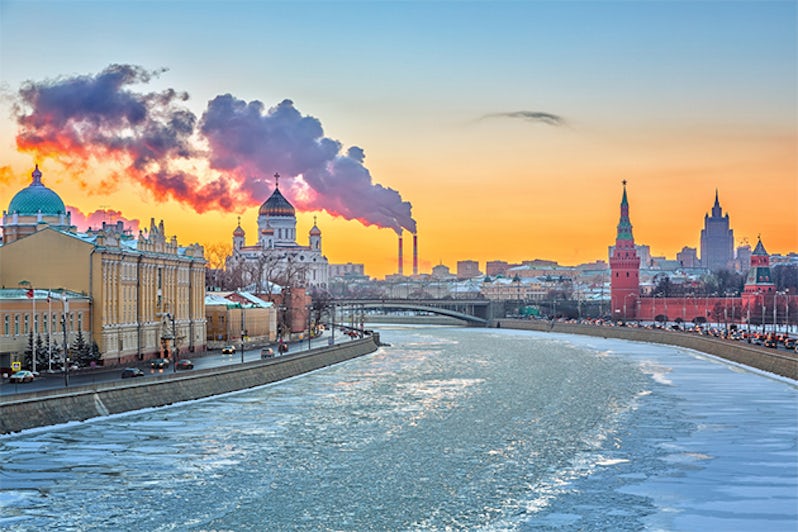
Russia evokes complex emotions among Americans. In the 1980's, villains came with a Russian accent, and TV shows like "The Day After" bred a fear of Soviet nuclear threat. Baby Boomers remember the Cold War quite clearly, and even Millennials may view current Russian leader Vladimir Putin with suspicion.
Yet, for its repressive political history, Russia has a romantic side that's hard to resist. From the other-worldly silhouette of its onion-domed churches to the musical accomplishments of its theaters, the country has a well-documented architectural and artistic legacy that's a culture-vulture's dream.
A river cruise that features port stops of several days in St. Petersburg and Moscow, as well as some exposure to the smaller towns along Russia's lakeshores and riverbanks, provides passengers with plenty of opportunity to change their perception of the country. Several of the major lines make the trip, including Vantage, Uniworld, Grand Circle Cruises and AmaWaterways. You might find -- as we did on Viking River's "Waterway of the Czars" itinerary -- that it's a surprisingly easy place to love.
St. Petersburg
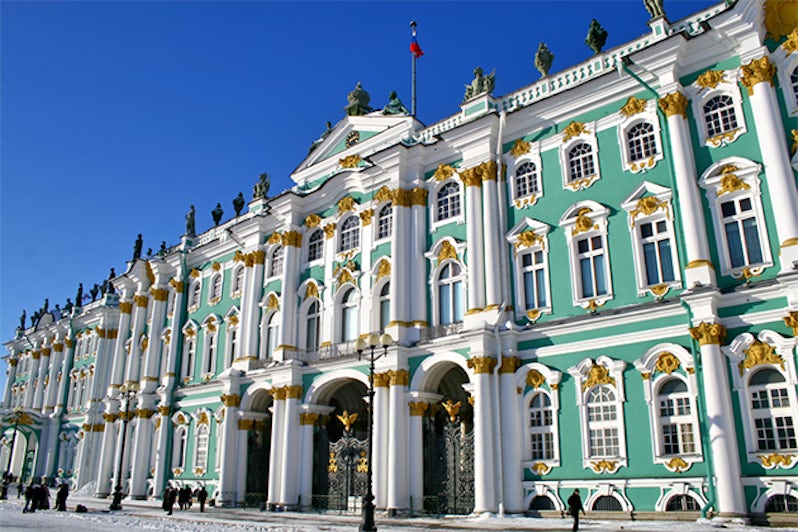
Founded by Peter the Great in 1703, St. Petersburg boasts mile after mile of 18th- and 19th-century building facades, stained in soft yellows, brilliant blues and powder greens. Because this visit marked our second time there, we knew about the canals that give the city the nickname "Venice of the North"; even so, we felt our open-air cruise provided a great orientation.
Highlight: For an art-lover, a visit to the Hermitage represents the ultimate museum experience. Go on a tour that gets you in early, so you can wander through the famous room of Rembrandts without the madding crowds. Our daylong excursion also took us to the Hermitage vaults north of the city, where we viewed a mix of royal coaches, ambassador gifts and artwork that will never make it into the main buildings.
Viking Rurik
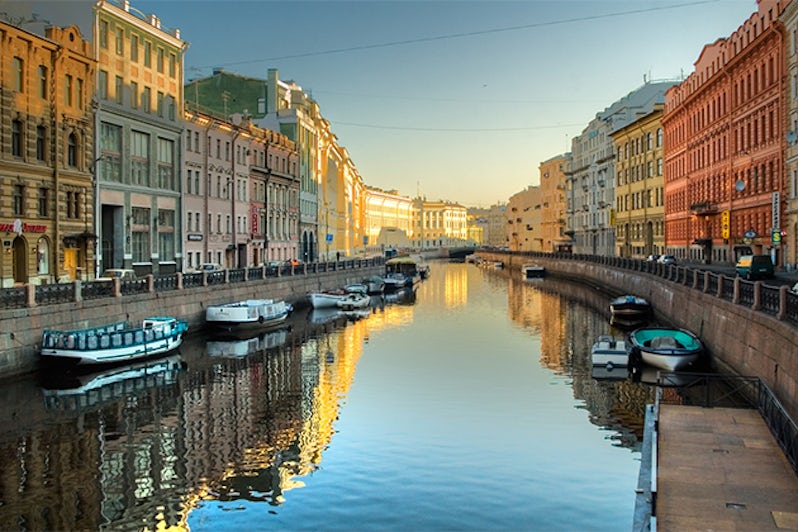
One downside to cruising was that our ship, Viking Rurik, docked about 45 minutes outside the city, and even the Metro was a bus ride away. For people who like to tour independently, a few days in the city on your own before the trip is a good idea; alternatively, some cruise lines -- Vantage, for one -- put their guests up in hotels in St. Petersburg instead.
Highlight: On our first trip, we visited Peterhof, the country estate built by Peter the Great that rivals Versailles in grandeur. This time, we opted to check out Catherine I's Summer Palace in Pushkin. One of the highlights there is the Amber Room, a project that took the Russian government 20 years and $12 million to re-create. (The original amber panels were stolen by Nazis during World War II and never recovered.)
Onboard Lectures

A river cruise between St. Petersburg and Moscow involves more than 1,000 miles of sailing, through the Neva River and into a series of lakes, including Lake Ladoga, the largest in Europe. To break up the time, the ship scheduled several introductory lectures on Russia, given by our native Russian tour escorts.
Highlight: Mid-afternoon, the ship makes a three-hour stop in Mandrogy, a village along the Svir River that's dominated by the tourist trade. Instead of shopping or painting Matryoshka (nesting) dolls, we headed for the banya (bath), where we found ourselves naked in a traditional sauna with several other brave folks. As the temperature crept up, our Russian bath attendant -- a fit male who spoke little English -- swatted us lightly with aromatic birch branches. When we stepped out, he dumped a bucket of cold water over our heads. (Although it might sound vaguely naughty, the experience was refreshing.)
Lake Onega
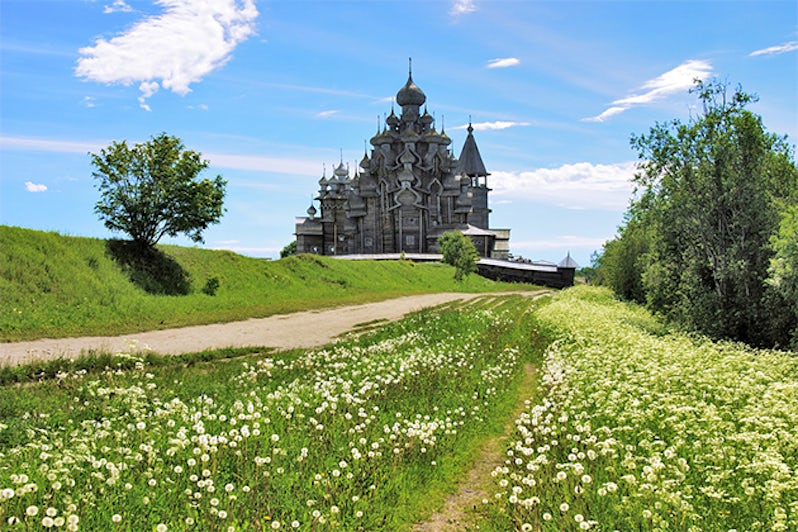
Our original agenda called for the ship to visit Kizhi, a UNESCO World Heritage Site known for its wooden houses, windmills and churches. But a chillier-than-usual spring meant that ice chunks still dotted the northern part of Lake Onega, so our ship wasn't able to make the trek. (Fine by us, as this part of the cruise often induces seasickness in susceptible passengers.) Our revised route along the lake's southern shore proceeded without incident.
Highlight: After the busyness of St. Petersburg, we were happy to spend a day relaxing. We skipped the mid-morning cocktail party on the top deck, although we did listen to a lecture about the Romanovs, given by one of our tour guides. That afternoon, we indulged in a viewing of "Dr. Zhivago."
Kirillov-Belozersky Monastery
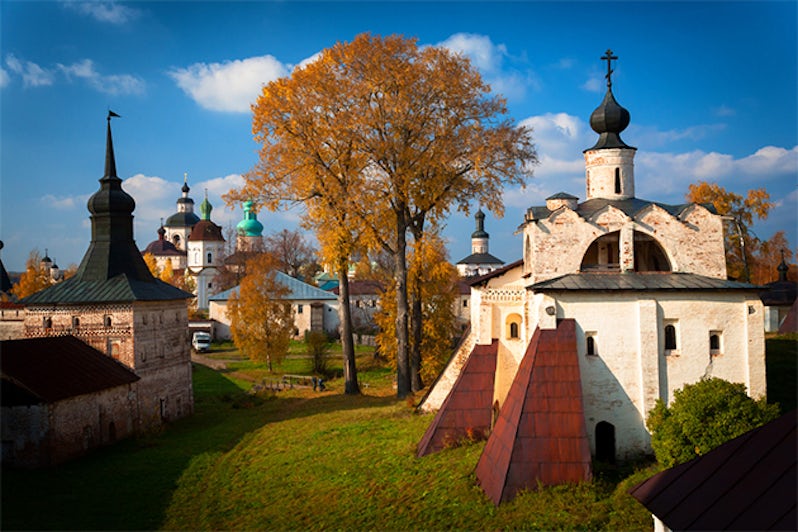
Long before Communism made atheism its ideal, Russia's religious institutions wielded great power within the country. Near the small village of Kuzino, we toured the Kirillov-Belozersky Monastery; founded by Saint Cyril in 1397, the complex of wooden chapels and cathedrals used to be the largest in northern Russia. A cheerful guide took us through the monastery's vast collection of icons, now preserved in a museum.
Highlight: In honor of Russia's well-deserved reputation for vodka, the ship sponsored an optional tasting, meant to develop our palates. For 15 euros, we each downed six shots of vodka, including one flavored with cedar and another with cranberries. While some of the ship's spirit-lovers remarked on the liquor's smoothness, we couldn't discern any difference in quality between the Russian brands and ones I've had in the States. Next time, we'll stick to wine.
Yaroslavl
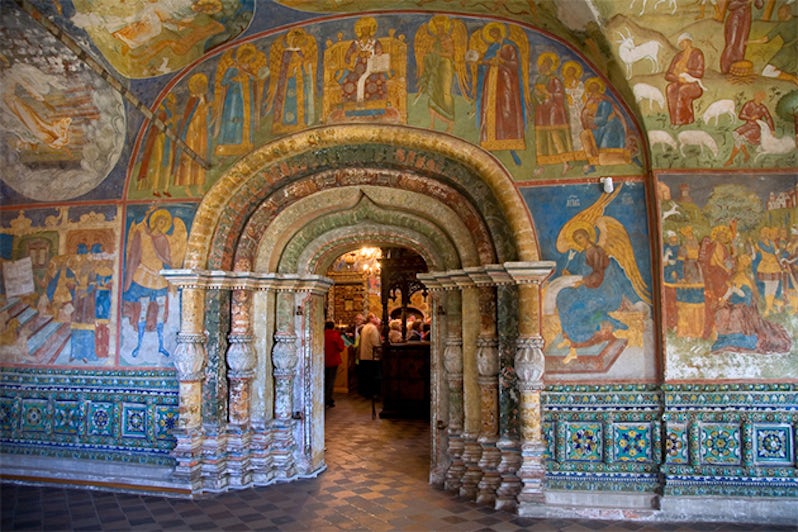
Russia has eight historic cities designated as part of the "Golden Ring" for their preserved art and architecture. Yaroslavl, on the banks of the Volga, is one of them (as well as a UNESCO World Heritage Site). Despite the preponderance of churches and monuments, Yaroslavl stood out for its lively cafes and parks; women strode confidently down the cobblestones in sky-high heels, and teens giggled as they sped down the attractive embankment on roller blades.
Highlight: Museums are by no means the only places to observe Russian art. The Church of St. Elijah the Prophet proved to be a masterpiece itself, with walls of icons, colorful frescos and ornate religious paraphernalia. These hallmarks of the Russian Orthodox religion are enough to make western European cathedrals look drab in comparison.
Uglich
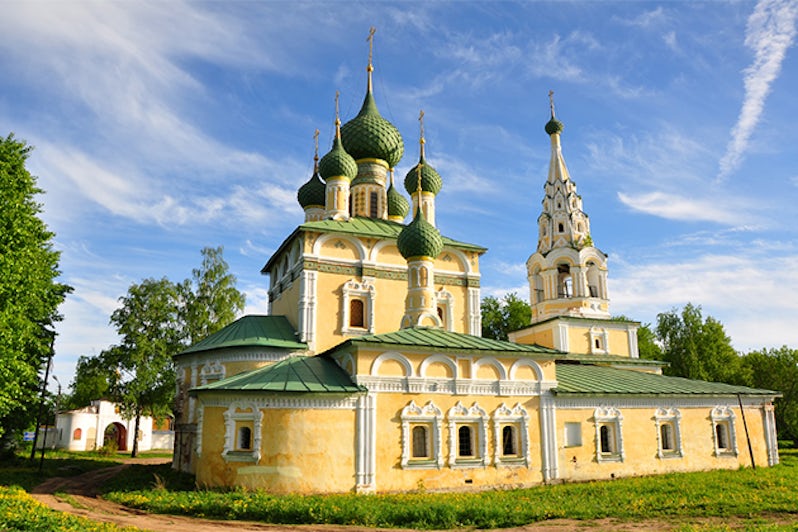
Our second Golden Ring stop, Uglich, gave us insight into Ivan the Terrible, who made this city his base in the 16th century. Contrary to what you might think, Ivan IV earned his nickname out of respect from his people (the Russian word for "terrible" is closer to "awe-inspiring" in meaning), who admired his ability to expand the country eastward into Siberia.
Highlight: Our Uglich excursion included a visit with a local family, who served up homemade moonshine and with conversation through an interpreter. Plates of pickles and brown bread were on the table; if we smelled the bread immediately after downing a shot, we wouldn't become intoxicated, we were told. For the record, it did seem to work.
Moscow
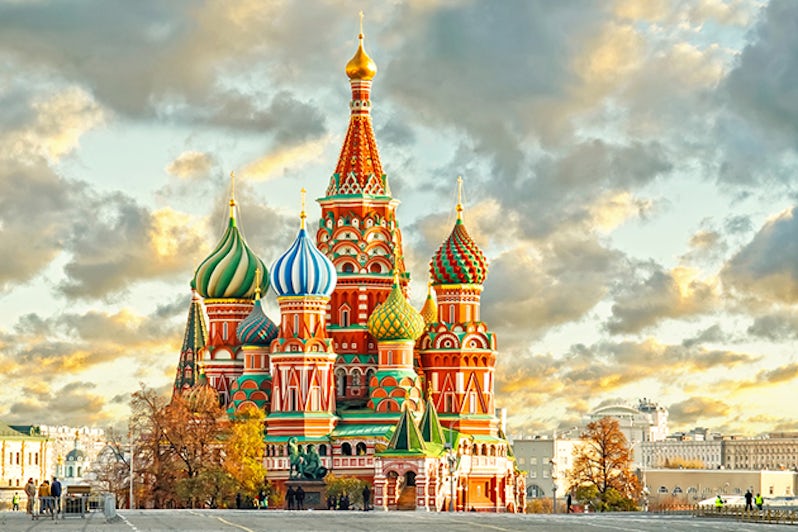
Although Moscow is considered the more businesslike "head" of Russia, there are plenty of museums and historical sites for tourists to see and explore. It helped that our ship docked in North River Port, which is a pleasant 15-minute walk from one of the city's Metro stations. The Underground subway is worth a stop itself, if only to see the Communist-era art and architecture that adorns many of the stations.
Highlight: It might sound cliche, but our first glimpse of St. Basil's Cathedral, in Moscow's famed Red Square, sent chills down our spines. Growing up, we never imagined that we'd ever be able to visit Russia. The fact that we can makes us optimistic that the countries we consider off-limits now could be tourist destinations in the future.
Moscow (Continued)
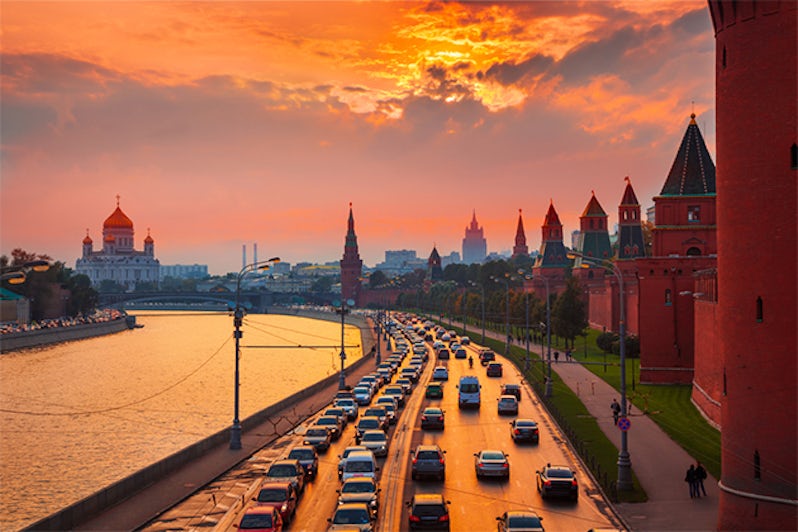
Instead of taking an official excursion, we spent the day wandering around Moscow. We found it greener than we expected, with public parks and helpful residents. With five hours of free time, we visited Lenin's Tomb, lunched in the Old Arbat and made a quick stop to the 19th- and 20th-century galleries of the Pushkin Museum of Fine Arts.
Highlight: For a theater geek, nothing beats a night at the Bolshoi. Along with 28 others on our ship, we splurged (150 euros each) on tickets for Puccini's "Turandot". Although the opera itself is not one of our favorites -- we preferred the "La Traviata" we saw earlier on the trip in St. Petersburg's Mikhaylovsky Theatre -- experiencing the old-school crimson-and-gold glamour of the Bolshoi itself was worth the price of admission. It proved to be a perfect ending to a memorable trip.